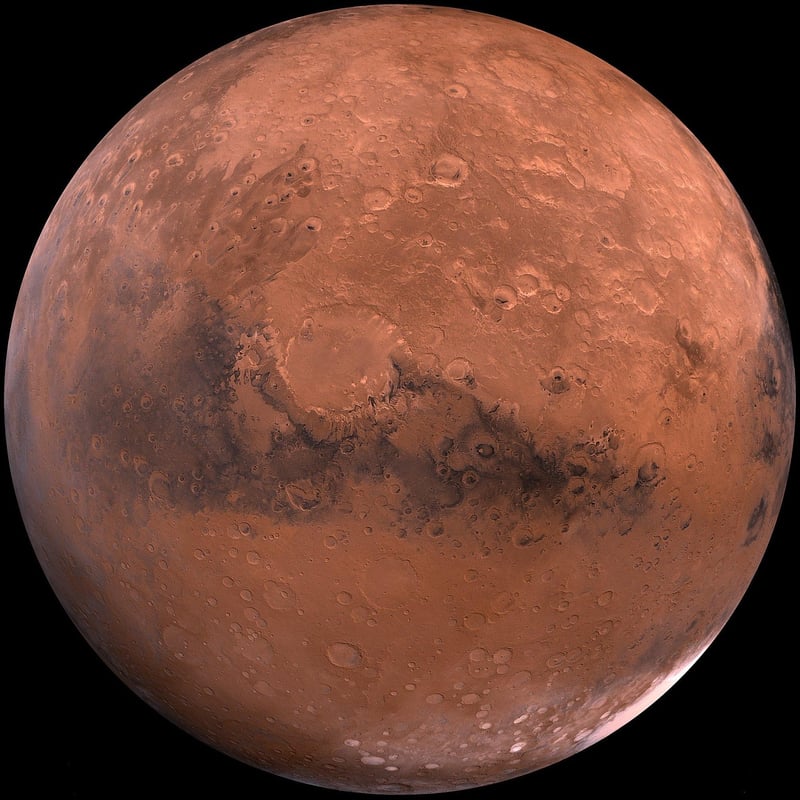Planetary Exploration
Exploring Planets Beyond Our Solar System
Humanity's quest to explore the universe has led to exciting discoveries beyond the confines of our own solar system. The search for planets orbiting distant stars, known as exoplanets, has opened up a new frontier in space exploration. Let's delve into the fascinating world of exoplanets and the technology driving planetary exploration.
What are Exoplanets?
Exoplanets are planets that orbit stars outside our solar system. These distant worlds come in various sizes, compositions, and environments, offering valuable insights into the diversity of planetary systems in the cosmos. Scientists detect exoplanets using telescopes and specialized instruments that observe changes in starlight as planets pass in front of their host stars.
Types of Exoplanets
Exoplanets can be classified into different categories based on their characteristics:
- Gas Giants: Similar to Jupiter and Saturn, these massive planets are primarily composed of hydrogen and helium.
- Rocky Planets: Terrestrial worlds like Earth and Mars, with solid surfaces and varied geology.
- Water Worlds: Planets with significant amounts of water in various forms, potentially including oceans or ice.
Technologies for Planetary Exploration
Advancements in technology have revolutionized our ability to explore exoplanets and distant celestial bodies. Key technologies include:
- Space Telescopes: Instruments like the Hubble Space Telescope and the James Webb Space Telescope provide detailed observations of exoplanets and their atmospheres.
- Transit Photometry: This method detects exoplanets by measuring the dimming of a star's light as a planet passes in front of it.
- Radial Velocity: By observing the spectral shifts in starlight caused by a planet's gravitational pull, scientists can infer the presence of exoplanets.
Challenges and Future Prospects
Exploring exoplanets poses significant challenges due to vast distances and the limitations of current technology. However, ongoing research and missions like the Kepler Space Telescope and the upcoming James Webb Space Telescope offer hope for groundbreaking discoveries in the near future.
Conclusion
As we continue to push the boundaries of space exploration, the study of exoplanets holds immense promise for unraveling the mysteries of the universe. By harnessing cutting-edge technologies and scientific ingenuity, we are on the brink of discovering new worlds and expanding our understanding of the cosmos.

